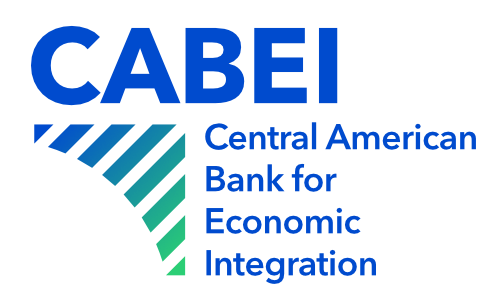S&P Upgrades CABEI’s Outlook from Negative to Stable

Standard & Poor’s revises the outlook of the 'A' rating of the Central American Bank for Economic Integration (CABEI) from negative to stable.
Tegucigalpa July, 16, 2014. - The Standard & Poor’s (S&P) risk rating agency ratified CABEI’s 'A' long term foreign currency rating, while reaffirming the Bank’s short term rating at ‘A-1'. The outlook for both ratings was raised from negative to stable.
The S&P press release stated that CABEI’s revised outlook is a result of the Bank’s stabilized capital adequacy ratio, pursuant to S&P’s calculation methodology and the measures that CABEI adopted after the rating agency’s last review in October 2013. The S&P also highlighted CABEI’s backing by its member countries for its capital administration plans, which involve the careful management of asset growth in line with the Bank’s equity growth.
In addition, the rating agency pointed to CABEI’s diversified funding base and its global pool of investors for its medium and long-term bonds, noting that the Bank’s bond issues in international capital markets had increased from virtually nothing in 1966 to reach 64% of liabilities through December 31, 2013. This, in addition to the Bank’s regional and global commercial paper programs (5% of liabilities through December 31, 2013), has allowed CABEI to reduce its funding costs.
Finally, with regard to the Bank’s management of assets and liabilities, S&P stated that currently CABEI has sufficient accumulated funding surplus to cover up to two years of bond maturity. Under a stress scenario, liquid assets are sufficient for the Bank to sustain its operations and pay its debt service for at least a year without accessing capital markets.
Hernán Danery Alvarado, manager of the CABEI Financial Division, described the risk rating as the fundamental pillar that sustains the Bank’s financial strategy. He added that this outlook upgrade confirms the Institution’s financial soundness, which is backed by the application of conservative financial policies and at the same time demonstrates the Banks’ value and relevance to its members as the region’s financial arm. In addition, he stressed the importance of the Bank’s widely diversified funding base and uninterrupted access to international capital markets, having issued bonds in 16 different currencies in 19 different markets
.
Mr. Alvarado declared that the Bank will be entering the Mexican market for the thirteenth time through a new bond issue totaling approximately US$150 million, which will be used to continue financing credit operations in the Central American region.
For his part, CABEI Executive President Dr. Nick Rischbieth highlighted the fact that CABEI is the Latin American multilateral bank whose risk rating has improved most rapidly over the years as a result of the Institution’s financial soundness and its status as a preferred creditor with its member countries. He noted that the Bank has received 12 upgrades to its risk rating over the past 12 years, positioning CABEI as a bank with superior credit quality and one of the best credit risks in Latin America.
Finally, Dr. Rischbieth emphasized the importance of the Board of Governor’s decision to ratify an increase to the Bank’s authorized capital and its support from its member countries through their new contributions of paid-in capital, which will serve to optimize the Bank’s credit capacity.
CABEI is the leading financial solution provider for the region’s development. In 2013, CABEI continued to channel resources to the region, with its credit portfolio reaching US$5.4 billion, clearly demonstrating the Bank’s commitment to the development and integration of its member countries.
Currently the Bank’s risk ratings stand as follows: Standard & Poor´s, “A;” Moody’s, A1; Fitch Ratings, A; and the Japan Credit Rating Agency, AA-.






